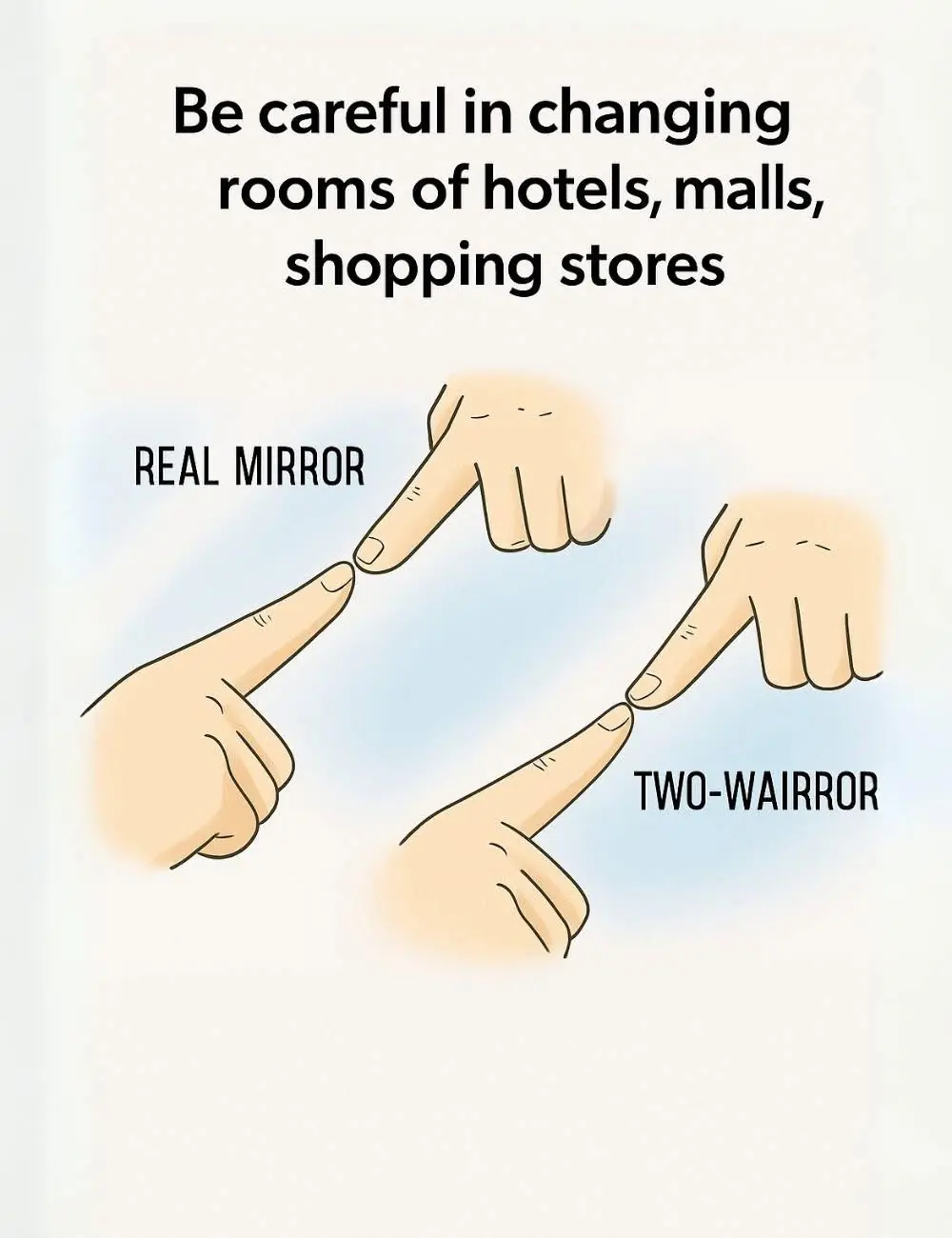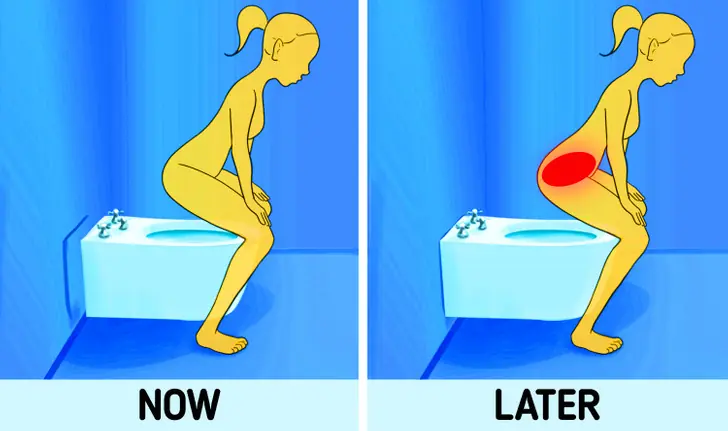
Man’s Refusal to Pay 25% Tip Ignites Debate on Tipping Culture
The Tipping Debate: Fair Reward or Outdated Expectation?
Tipping has long been a staple of dining culture in the United States and parts of Europe. Originally meant to reward exceptional service, the practice has evolved into something far more complex—sparking heated debates about fairness, necessity, and whether it has strayed from its original purpose.
One Man’s Stand Against Tipping
Recently, Dustin Anderson voiced his growing frustration with modern tipping culture, announcing that he had stopped leaving tips altogether. For him, the practice no longer feels like a genuine gesture of gratitude but rather an unavoidable obligation.
“When was the last time you got exceptional service, anywhere?” Anderson asked. He explained that he is more than willing to pay higher menu prices if it ensures restaurant workers earn fair, livable wages. What he rejects, however, is the automatic expectation to tack on 20–25% for what he sees as standard, unremarkable service.
His stance struck a chord with many online. One commenter echoed his frustration, declaring, “Tipping is OUT OF CONTROL.” Another questioned why customers are expected to tip for takeout orders—transactions where little to no service is actually provided.
A Divided Conversation
Anderson’s comments highlight a cultural divide. While many sympathize with his perspective, others rushed to defend tipping, pointing out the precarious reality faced by service workers.
A former server explained that many restaurants require employees to pay a percentage of their sales back to the business, making tips not just helpful but essential to their income. Another suggested that those who complain about tipping might change their minds if they worked in food service themselves, dealing with long hours, demanding customers, and modest base wages.
Tipping Beyond Restaurants
The controversy stretches well beyond restaurants. Viral stories have surfaced of delivery drivers refusing orders with no tip attached, and of customers being prompted to tip multiple times in a single transaction—when placing an order, at checkout, and even again after pickup or delivery.
Salon and personal care services have also come under scrutiny. Some clients have begun questioning whether to tip hairstylists or nail technicians who operate from home, since they avoid overhead costs associated with traditional salons. For many, these extra layers of tipping feel less like appreciation and more like financial pressure.
Looking Back: How Tipping Took Root
Interestingly, tipping was not always embraced in the U.S. The custom was imported from Europe in the 19th century but was initially criticized as “un-American,” since it seemed to create an unnecessary class divide. Over time, however, tipping became widespread—often used by employers as a justification to underpay certain groups of workers, particularly people of color and women.
In contrast, many European countries include service charges directly in the bill, ensuring workers earn consistent wages without depending on the goodwill of customers. This approach has sparked discussion about whether the U.S. should follow suit, replacing tipping with transparent service fees or higher menu prices.
A Growing Call for Change
Anderson’s refusal to tip may seem radical, but it reflects a sentiment that has been gaining momentum: that the tipping system is broken and needs reevaluation. Supporters of reform argue that eliminating tipping—or at least scaling it back—would remove the burden from customers and place the responsibility for fair wages where it belongs: on employers.
For now, tipping remains deeply ingrained in American culture. Whether it will undergo systemic change, as it has in other countries, remains uncertain. What is clear, however, is that the conversation is no longer just about dining etiquette—it’s about fairness, equity, and the value of labor itself.
News in the same category


The Sun Isn’t Yellow—It’s Pure White

The Sun’s Power: Earth Lives on Just 0.000002%

iPhone users issue warning on what to do if you get the 'caution' icon on your device

PlayStation 6 leak suggests release date could be much sooner than expected

Rolling Stone sues Google over AI summaries in landmark lawsuit

Tiny Brown Balls in Your Salad

A Man Held His Breath Underwater for 29 Minutes, Shattering the World Record and Even Surpassing Most Marine Mammals

Everywhere Cannabis Could Be Legalised in US as Trump Considers Major Law Change

Should You Peel Ginger Before Eating? The Shocking Truth Everyone Needs to Know
he peel is not harmful; in fact, it carries unique benefits. By using ginger correctly and storing it properly, you can unlock its full potential for boosting immunity, improving circulation, and keeping your

Meteorite That Recently Fell in Somalia Turns Out to Contain Two Minerals Never Before Seen on Earth

A Touch of Viking Brilliance: Moss-Carpeted Homes in Norway

What Millions of Years Look Like in One Photo (Well, Not Exactly)

NASA Has Just Released 2,540 Gorgeous New Photos of Mars

Friendship Between Wolf And Bear Documented By A Photographer

3,000-Year-Old World’s Oldest Olive Tree on the Island of Crete Still Produces Olives Today

Security feature you should make sure is always enabled on your Android smartphone

Guy Mocked for Dating 252-lb Woman

Homeowner Resumes Backyard Treasure Hunt
News Post

Life Tip: How to Tell the Difference Between a Real Mirror and a Two-Way Mirror in Fitting Rooms

Woman Endures Years of Swollen Foot Before Doctor Reveals Shocking Cause

Why absolutely should not be tilted upside down?

3 habits that silently "poison" the uterus

Universe Shaken: Rare Triple Black Hole Merger Sends Ripples Through Space-Time

The Sun Isn’t Yellow—It’s Pure White

The Sun’s Power: Earth Lives on Just 0.000002%

iPhone users issue warning on what to do if you get the 'caution' icon on your device

PlayStation 6 leak suggests release date could be much sooner than expected

Rolling Stone sues Google over AI summaries in landmark lawsuit

Tips to clean greasy, yellow pot lids without chemicals: Simple, effective, and time-saving

Clip a piece of paper in the refrigerator: Great use to save a lot of electricity

The effect of stewed chicken feet with black beans is as good as ginseng

Mosquitoes smell these 4 smells, 99% will turn around and run away, natural way to kill mosquitoes that many people don't know

Put ginger next to your pillow when sleeping: A simple secret for good health and sleep

It turns out that mosquitoes are most afraid of "it". Take this and stick it in a lemon and leave it in the corner of the house. The mosquitoes will go away and never come back.

Things People Do That Put Themselves Closer to a Stroke

6 types of fruit that help 'cleanse' the uterus, women in their 40s will see the difference immediately when they eat them
